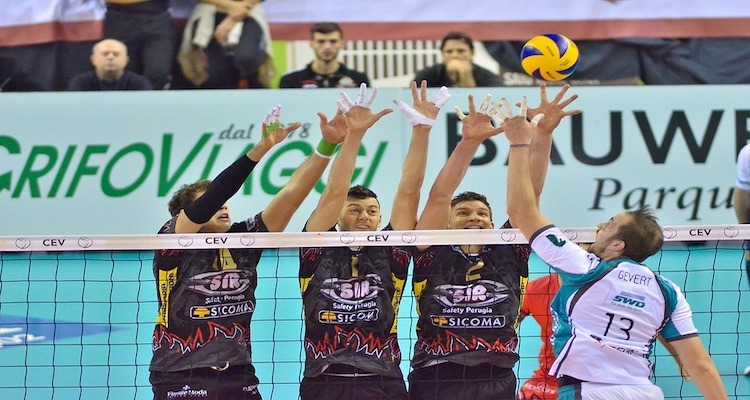
Volleyball is a popular sport that is played by millions of people around the world.
According to the International Volleyball Federation (FIVB), volleyball is played by more than 220 million people in over 200 countries. It is also one of the most widely played sports at the high school and college level in the United States, with over 800,000 high school students participating in volleyball each year.
Volleyball is also a popular sport at the Olympic Games, with both indoor and beach volleyball events. The sport has a strong following in countries such as Brazil, Russia, Italy, and the United States, but is played and enjoyed by people from all corners of the globe.
Overall, volleyball is a sport that continues to grow in popularity worldwide, with more and more people taking up the game and enjoying its many benefits.
Like any sport, volleyball carries a risk of injury. However, compared to other sports such as football or rugby, volleyball is considered a relatively safe sport.
The most common injuries in volleyball are:
To reduce the risk of injury, it's important for volleyball players to properly warm up before games or practices, use proper technique, wear appropriate protective gear, and stay physically fit. Additionally, players should be aware of their surroundings and communicate effectively with their teammates to avoid collisions on the court.
Many famous volleyball players have experienced injuries throughout their careers. Here are a few examples:
These are just a few examples of famous volleyball players who have experienced injuries during their careers. Injuries are a common part of sports, but with proper treatment and rehabilitation, many athletes are able to recover and continue playing at a high level.
Volleyball players can take several steps to prevent injuries, including:
By following these steps, volleyball players can reduce their risk of injury and enjoy the sport safely and effectively.
This is just some general advice and examples of football injuries. While this general information is helpful it is always best to consult a qualified sports medicine consultant to get bespoke physical preparation, and injury rehabilitation advice. If you are after a physiotherapist or sports massage therapist, osteopath, or chiropractor you can search for them and other sport performance specialists, including coaches, on our directory.
